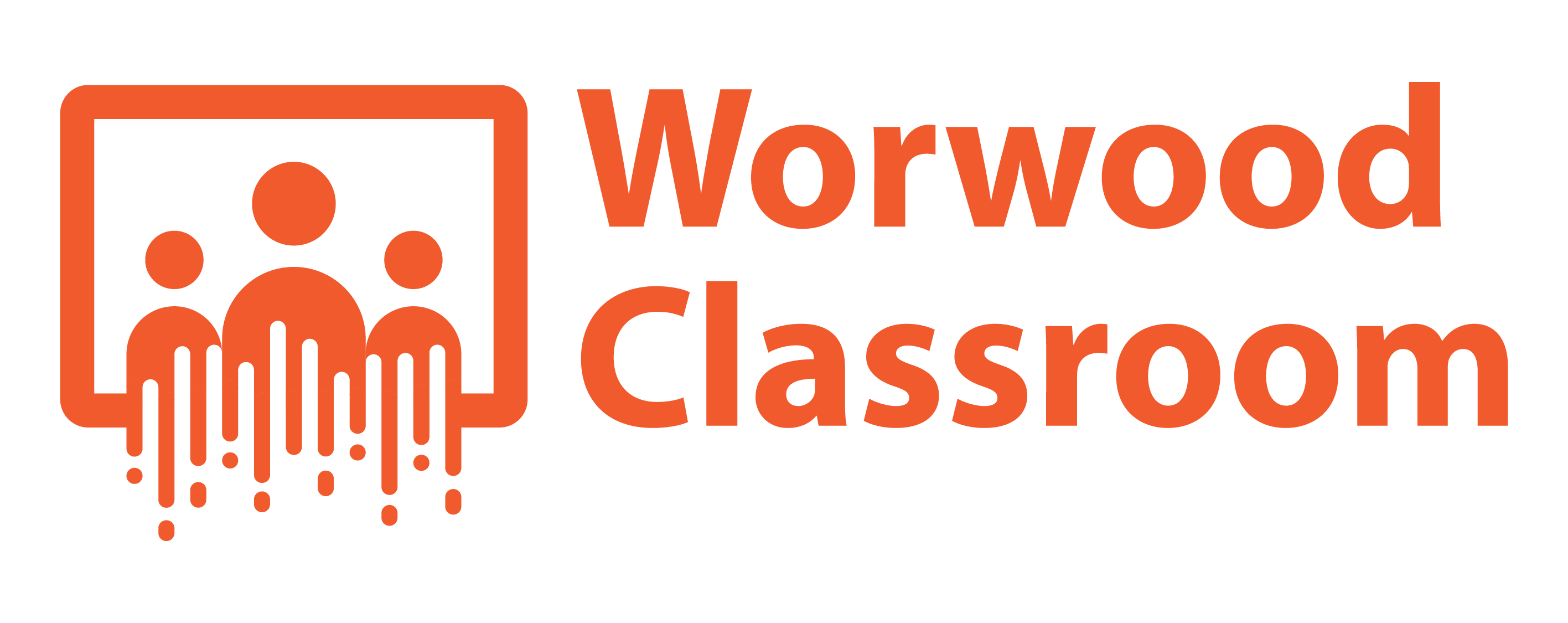Generative AI and the World Wide Web: An Evolving System of information and learning
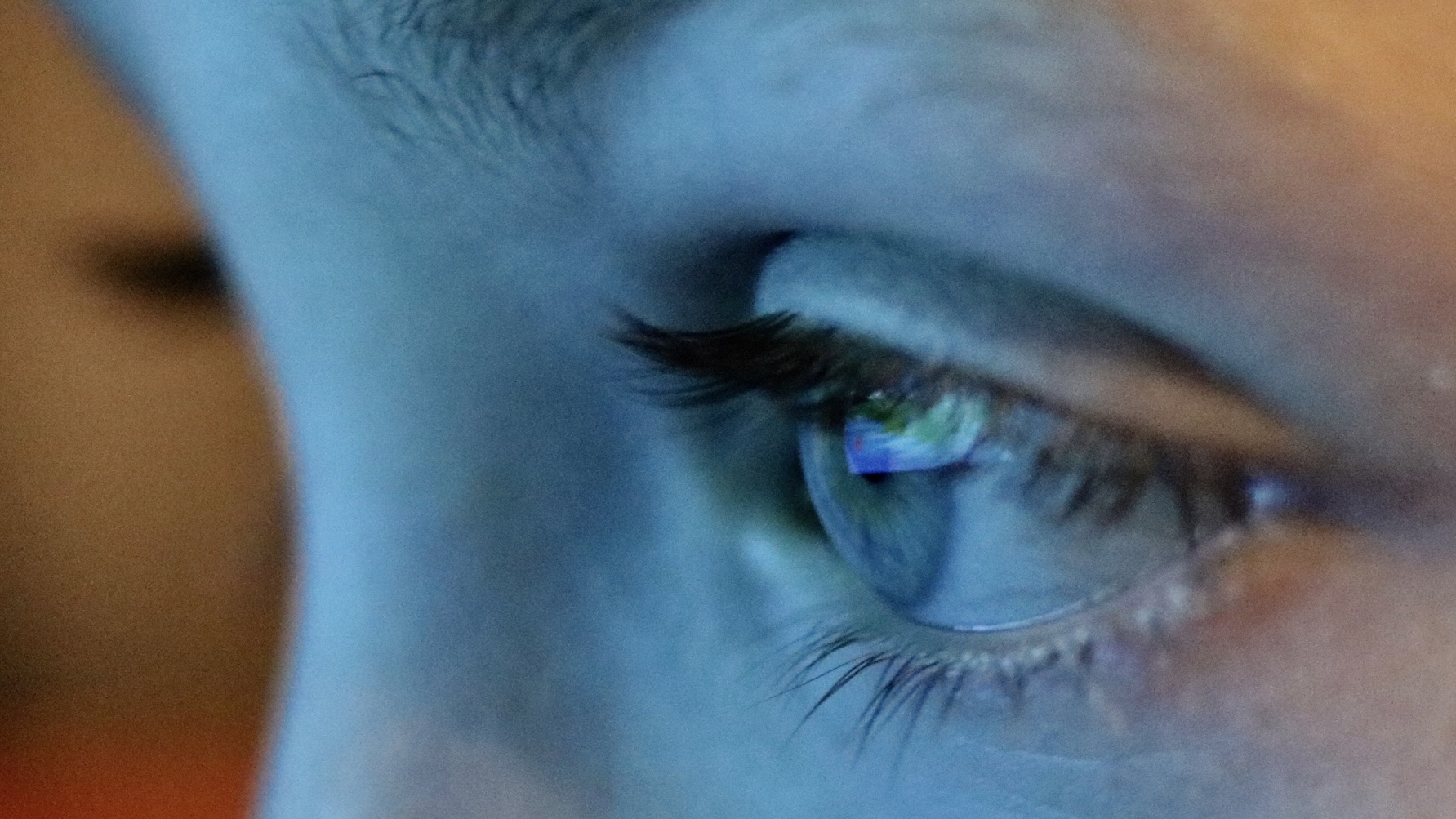
in some ways, large language models like ChatGPT represent a natural progression of the World Wide Web. We will now access this information with even greater efficiency thanks to generative AI.
Matthew Worwood Tweet
Yes, generative AI is here, and we know it will impact the teaching and learning environment; fortunately or unfortunately, we don’t know how yet. We are simply speculating! However, I argue that we can make informed predictions when considering generative AI and the World Wide Web as part of an evolving information and learning system.
When Sir Tim Burners Lee released the World Wide Web in 1990, it had an impact, but it wasn’t immediate. It took time for killer apps (or sites) like Wikipedia (2001) and YouTube (2005) to develop.
Much of the delay might be attributed to the infancy of digital culture; folks were still acquiring personal computers and connecting to the Internet. Much of the 1990s was about access. We saw the first browser war between Netscape and Microsoft, and these two browsers are attributed to the massive uptick in users that we saw toward the end of the decade. With more users came greater innovation. We stopped seeing the web solely as a platform to access and consume information and started seeing its potential to facilitate information production.
The emergence of Wikipedia (2001), YouTube (2005), and Facebook (2005) brought platforms that led to large-scale changes in how we interact with information and content. Headlines and short snippets of information on our news feeds became a source of news; we “Google it” to get quick facts and conduct “our research” using Wikipedia, and most went to YouTube when problem-solving technology.
The connectivity to information and sharing of information was a significant aspect of how we perceived and used the World Wide Web during its infancy; in some ways, large language models like ChatGPT represent a natural progression of our information age. We will now access this information with greater efficiency and use AI to help us synthesize and apply it to a problem or search query.
Should we also expect to experience similar events? It is too early to say if ChatGPT will experience a rise and fall similar to Netscape or become a powerhouse that replaces Google. However, I suspect a battle of the large language models is imminent, which will only increase the speed of their adoption throughout society.
Rate of Adoption
When we consider the attributes of an innovation that influence its adoption (relative advantage, compatibility, complexity, trialability, observability), generative AI scores high in each one – particularly in the creative and educational spaces.
We are also already immersed in a digital culture, and the technology giants will integrate generative AI tools into nearly every application we use to create and make. Furthermore, with virtual assistants like Siri, Cortana, and Alexa firmly established we should expect a decrease in using traditional web browsers and an increase in the interaction with these virtual assistants, especially for tutoring and socializing (yes, socializing verbally with chatbots is going to be a reality by 2025).
Final Thoughts
As we reflect on our experience with the World Wide Web, I suspect we will continue to experience issues with media literacy and the digital divide due to the varying levels of evaluating and applying information and subject knowledge. I only hope it doesn’t get worse, but I fear that some might continue to decrease their critical and creative thinking in exchange for the quick and sounds about right answer.
This brings me to my final point, human creativity and originality and the unique connections we make when synthesizing information will be the differentiator; those who accept and engage in low-level thinking might struggle to compete, as much of this approach will likely connect to tasks that will become easily automated. However, those who can think at a higher level, who can master knowledge through multiple domains, who can problem-solve, and question will experience something incredible; an artificial intelligence as a working companion that might save time, increase output, and therefore most importantly assist us in finding a better work-life balance.
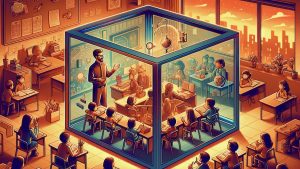
Thinking Inside the Box: Teachers as Designers
Teachers are designers. We even have a related field of study called instructional design. Design is about solving problems and solving problems within the constraints of a box. That’s why teachers must think inside the box.
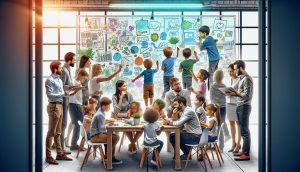
Evaluating our approach to teaching Divergent Thinking
Why it might be time to re-evaluate our approach to teaching Divergent Thinking in
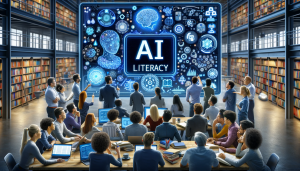
AI Literacy, Co-Creativity, and Generative AI
AI Literacy can help students know when they are most likely to experience errors, bias, and the potential for misinformation, which might help emphasize the value of human judgment. And understanding how generative AI uses prompts to make predictions can assist future creatives in ideation.
Matthew Worwood
I am a professor of Digital Media Design with a research focus on Design Thinking, Teacher Creativity, and technology-assisted creativity. I co-host the Fueling Creativity in Education podcast, blog at DadsforCreativity.com, and I have almost two decades of experience developing new innovative programs across the grades.
